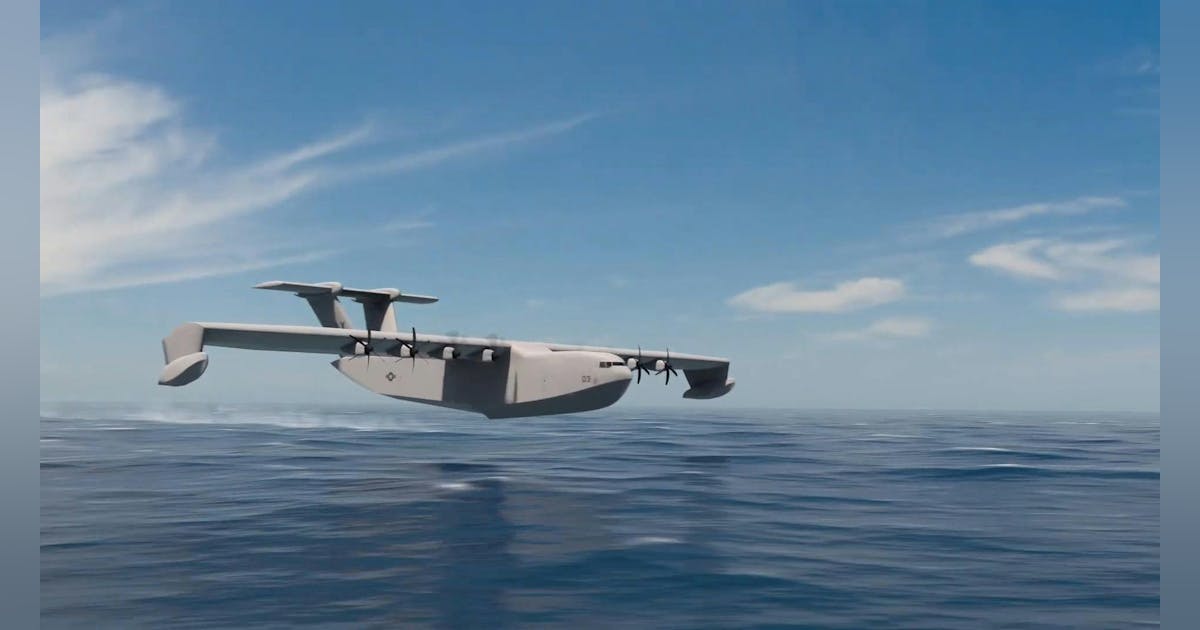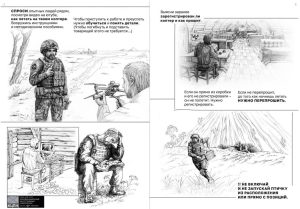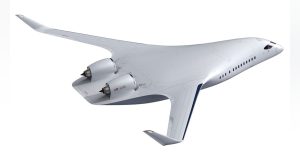Aurora Advances in Seaplane Development for Military Applications
March 7, 2025 – In a significant step forward, Aurora Flight Sciences, based in Manassas, Virginia, is progressing on a groundbreaking U.S. military research initiative aimed at designing a state-of-the-art seaplane—the Liberty Lifter. This aircraft is designed to maneuver effectively in turbulent waters for extended periods, ensuring it can transport hefty payloads of up to 45 tons over impressive ranges of 4,000 to 6,500 miles.
Recently, the Defense Advanced Research Projects Agency (DARPA) in Arlington, Virginia, announced a $25 million contract to Aurora to push the Liberty Lifter project into phase 1C of its development.
Heavy-Lift Capabilities
The Liberty Lifter is envisioned as a heavy-lift, long-range seaplane that operates efficiently at low altitudes utilizing ground effect. Although Aurora previously collaborated with General Atomics Aeronautical Systems in California, the latter was removed from the project last May.
The primary objective of the Liberty Lifter initiative is to showcase a significant improvement in operational capabilities by designing, constructing, and ultimately testing a cost-effective long-range X-Plane capable of undertaking strategic and tactical heavy-lift missions from the sea. During phase 1C, Aurora will refine the aircraft’s configuration and systems.
Program Development and Future Milestones
Work during phase 1C will initiate the acquisition of long-lead components and expedite manufacturing processes, facilitating a seamless transition into the upcoming program phases. The preliminary design review is anticipated for next fall, with the first flight expected in 2029.
Aurora’s design focuses on enabling enhanced maritime operations in challenging sea conditions, integrating sophisticated controls for seamless flight and ocean surface operations.
Full-Scale Flight Demonstration
To support the development of the Liberty Lifter seaplane, Aurora has partnered with Gibbs & Cox, a branch of Leidos in Arlington, Virginia, and ReconCraft based in Clackamas, Oregon. The design reflects a classic flying boat layout, featuring a single hull, elevated wings, and eight turboprop engines.
This seaplane aims to facilitate smooth operation within ground effect and significant wave conditions, proficiently handling waves of four to eight feet. Ground effect—enhanced aerodynamic lift produced by air cushioning under the aircraft when close to the ground or water—will play a critical role in its performance.
Durability and Operational Efficiency
The Liberty Lifter program aims for high lift capabilities at low speeds to mitigate wave impact during takeoff and landing. The aircraft is engineered to endure wave forces and maintain functionality in congested maritime zones, capable of remaining operational at sea for weeks with minimal land-based maintenance requirements.
DARPA emphasizes creating cost-effective, easy-to-manufacture designs using Liberty Ship-style production methods, enhancing the aircraft’s aerodynamic and hydrodynamic performance during critical phases like takeoff and landing utilizing advanced sensors to navigate unpredictable wave conditions.
Combat Transport Capability
The seaplane is anticipated to deploy and retrieve payloads, including two Amphibious Combat Vehicles from the U.S. Marine Corps, utilizing nose and tail ramps, allowing for cargo transport in standardized 20-foot containers.
Aurora plans to harness cutting-edge computing and analytical tools to optimize the complicated aerodynamic and hydrodynamic interactions essential for its operations, all while adhering to cost-efficient design principles and innovative manufacturing techniques.
Conclusion and Future Prospects
The Liberty Lifter program undergoes a structured three-phase development cycle, each succeeding phase building upon the last. With activities organized across various locations, including Manassas, Arlington, Auburn Hills, Fairhope, Wilmington, and Indianapolis, Aurora aims to complete this ambitious project by October 2025.
For more details, visit www.aurora.aero, www.ga-asi.com, or www.darpa.mil/program/liberty-lifter.













